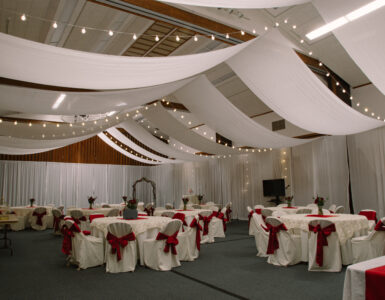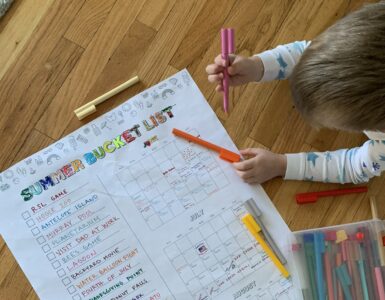Professional Organizer Kelly Pratt tells us how to organize the perfect pantry
Lack of Clear Zoning
(1) What it is: Zoning means putting like items together—and keeping them together. If you don’t have clear zones, your pantry is likely a multi-daily game of hide-and-seek with your groceries. As examples of zones, cereal goes with cereal, canned fruit goes with canned fruit, paper products go with paper products, etc. To make zoning a particularly powerful tool, also group like zones so that all canned goods are together, snacks and treats are together, non-food items are together, etc.
(2) Why it’s a problem: In a pantry, lack of zoning is the number one clutter creator and time and waste generator.
(3) What to do about it: Zones should be created with usage patterns and all pantry users in mind.
(a) Put most-used items in easy reach.
(b) Put foods you want children to access where your kids can reach them, which means the cereal and snacks may be on a lower shelf, and treats may be on the top shelf.
(c) Labeling is an important part of zoning and zoning maintenance.
(4) What you can expect by addressing the issue:
(a) Easy and efficient access to all pantry items. No more searching multiple shelves for a can of soup!
(b) Waste reduction. When you know exactly where the box of Stove Top is, you don’t have to keep buying more and more boxes only to discover when you do organize the pantry that you had five full boxes, four of which are now expired.
Overstocking
(1) What it is: Overstocking is a pantry challenge because we are accustomed to having so many things both stockpiled and at our fingertips. The pantry, while designed to hold a portion of our foodstuffs, is not a storage room. Pantries are primarily active use areas.
(2) Why it’s a problem: Overstocking, like a lack of clear zoning, creates a great deal of waste. When cans, bottles and boxes are stacked high and deep, it is difficult, and sometimes dangerous, to access and rotate food. Overstocking is a particular difficulty in very small pantries where space is at a premium.
(3) What to do about it: The first step in addressing this issue is to change the way you view your pantry. When you begin to view the pantry as a more temporary storage area, you’ll be less likely to overfill it. If you have a very small pantry, it’s even more important to frequently rotate items between a larger storage area and the pantry.
(4) What you can expect by addressing this issue:
You can expect the following benefits by addressing overstocking:
(a) You will be able to more easily access your pantry contents.
(b) Your pantry aesthetic will be much better.
(c) You will waste less.
Ineffective Containing
(1) What it is: When pantry shelves are filled with a jumble of cardboard packages or stacked cans, they can quickly become not only an eyesore but also a black hole.
(2) Why it’s a problem: Ineffective or absent containing not only makes your aesthetic suffer, but you can end up wasting food or making it much less accessible than it could be with some simple containers.
(3) What to do about it: Not all your food needs to be re-contained, but if you have any of the following issues, you might want to try some of the recommended solutions to help make your pantry an effectively and efficiently used space.
(a) Deep shelves—With deep shelves, a common problem is losing small pantry items at the back of the shelves because the items are difficult to see or reach. Using plastic shoeboxes helps you access items at the back of your shelves rather than just the ones at the front. You can use plastic shoe boxes to hold packages of cake mix, baking mixes, baking chips and supplies, treats, microwave popcorn, syrups, jams, honey and hardware items. This single solution will help you solve one of the most common pantry clutter causes, and it’s inexpensive to boot!
(b) Corner pantries—Use lazy Susan-style turntables in the corners of your pantry to create additional storage zones and make more of your pantry space accessible.
(c) Bulk items—Few spills are more time-consuming to clean up than spilled flour and sugar. Store your flour and sugar, as well as any other bulk items, in food storage containers with tight-fitting lids.
(d) Shelves that are not adjustable—Many pantries have stationary shelves. If you store canned items or shorter boxed items, you can use divider shelves and hanging baskets to help increase your stacking space.
(e) Small pantry—Re-containing items will help you reduce packaging bulk which will in turn create additional storage space.
(4) What you can expect by addressing this issue:
When your pantry items are contained, your zoning will stay in place better, you will save money on food because you won’t lose things at the back of your pantry shelves, and you will be more motivated to keep your pantry in order because it will look great!
Kelly Pratt
Spaces Limited Organizing
801.386.1120















Add comment